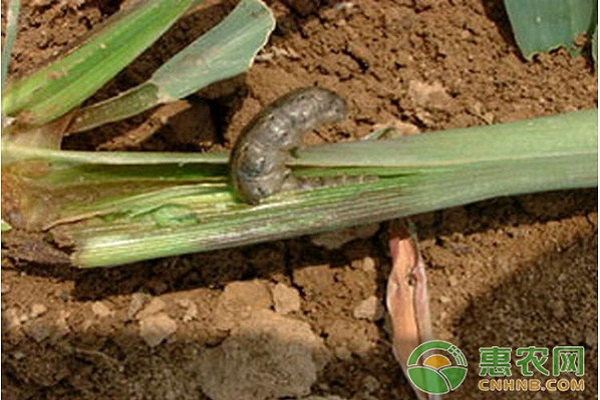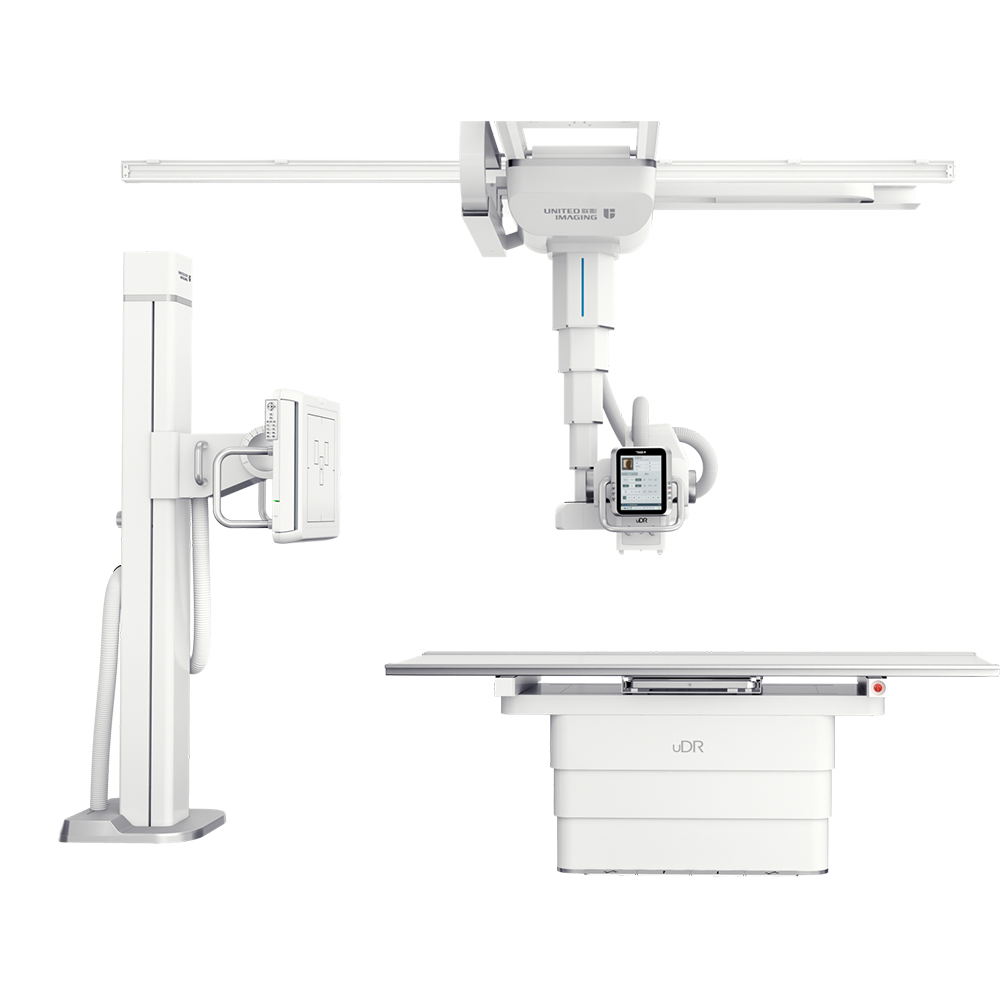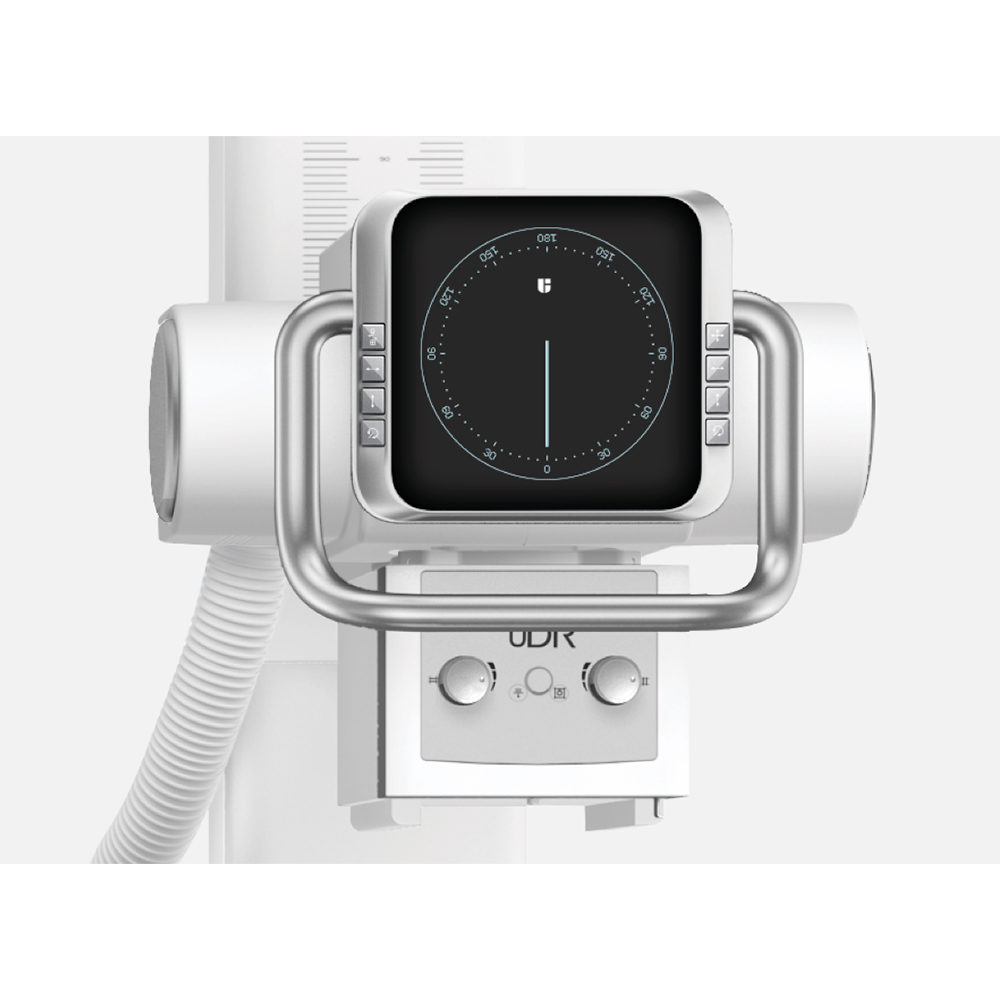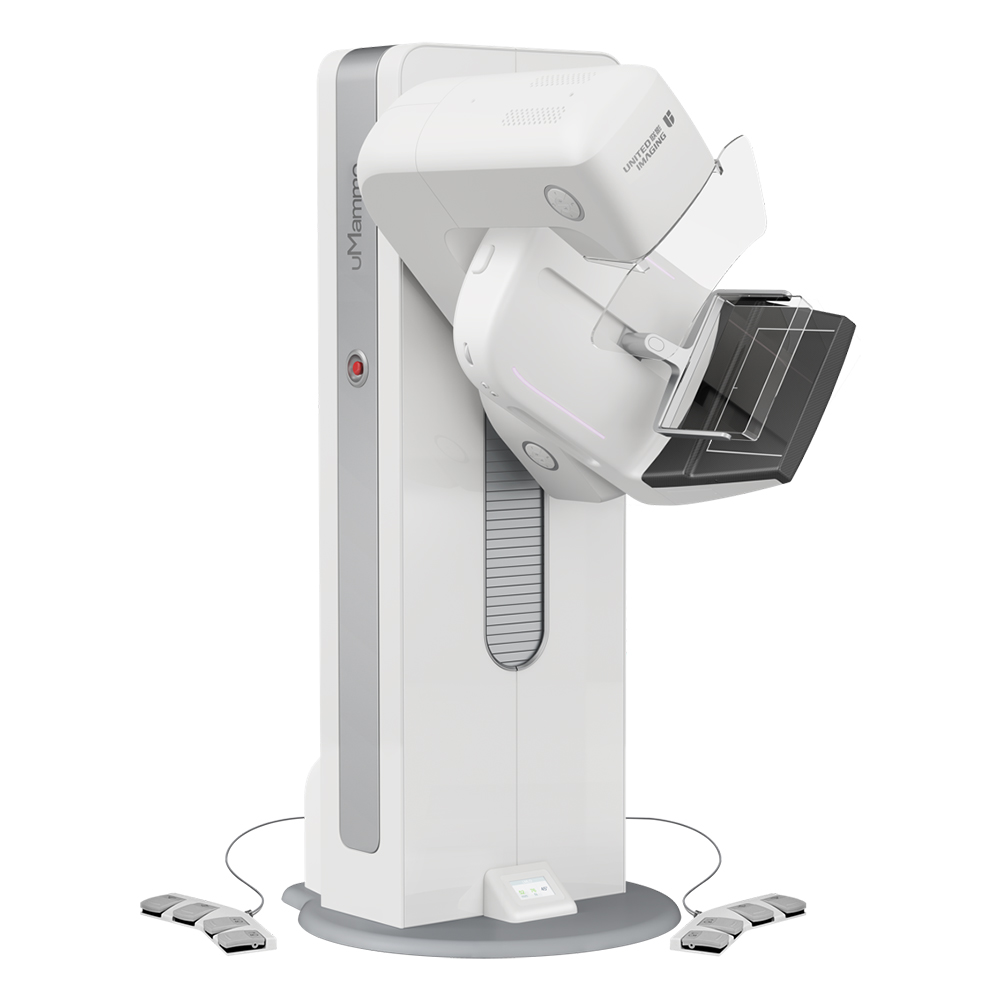In some places, mainly planting corn, it is more vulnerable to the pests and diseases of small tigers. For example, in Fuyang City of China, underground pests in corn fields are mainly small tigers, especially in the Wenyu River irrigation area every year. The following will introduce the occurrence rules, living habits and prevention measures of the small tigers in Fuyang City as follows.

1 morphological characteristics
The small tiger is also known as the silkworm, and the rootworm. Experience four stages of eggs, larvae, pupa, and adults. The adult body is 17~23mm long and has a wingspan of 40~54mm. The body is grayish brown. The wings are long and narrow, dark in color (grey yellow, black on the outer edge), with a black kidney-like spot and a long triangular black spot on the outside.
The egg is oblate, with a diameter of about 0.5 mm and a height of about 0.3 mm. The surface has a ridge pattern. It is milky white at the beginning of production, and has a yellowish gradient. It turns grayish brown.
The larvae are cylindrical, and the mature larvae are 37~50mm in length and 5~6mm in width. The body is dark brown or taupe, the surface is rough and has particles, and the hip plate has two dark brown longitudinal bands.
The body length is 18~24mm, width 6~7.5mm, reddish brown to dark brown, black at the end, and 2 thorns.
2 Life history and habits
The small tiger cannot overwinter in the local area, and usually overwinters in the south of the 33° north latitude with old larvae or crickets in the soil. The first generation of adults migrated into the area with the airflow, usually in late March, and the mid-April was the peak of migration. The larva appeared in early May, and it began to harm with the newly emerged corn. The damage was most serious in the middle and late May. Adults have phototaxis, do not move in the dark during the day, and flourish in the evening to the first half of the night, flying out to mating and spawning. Single egg mass production, more places, more prolific on the back of the ground more than 3cm high weeds (stinged vegetables, small convolvulus, gray vegetables, etc.) on the back of the leaves and early spring vegetables, sometimes also produced on the soil Piles or roots are also produced under the clods. It is not strong towards ordinary lights and extremely sensitive to black light. The activity of adults is related to temperature. Adults appear in the spring when the temperature reaches 8 °C or above, and the suitable survival temperature is -25~15 °C. Adults have strong chemotaxis, and they tend to be very chewy. Fermented with acid, sweet, and winey, paulownia leaves and various nectar. It has the habit of long-distance north-south migration, from low latitude to high latitude in spring, from low altitude to high altitude, and in autumn, it flies back to the south in the opposite direction; the breeze helps its diffusion, and the wind is less than level 4 activity.
3 occurrence rules
The main factors affecting the first generation of larvae of smallland tigers are the migratory moths, followed by climate, farming conditions and topography. The number of moths is high, indicating that it may happen. Less spring rain and low soil moisture are conducive to egg hatching and the survival of younger larvae, which often cause a generation to occur. In early spring, the temperature rises rapidly and the temperature is high. The generation occurs in advance. In the low-lying and inland areas, there was much rain in the summer and autumn of the previous year. Before winter, it could not be cultivated or extensively cultivated. There were many weeds and many occurrences. Heavy occurrences are generally heavy plots that have occurred over the years.
4 harmful features
The small ground tiger is the main pest in the corn seedling stage. The larvae are generally 6 years old. The 1~2 years old clusters feed on the heart of the corn seedlings, and the young tissues are eaten into nicks. After 3 years of age, the seeds are scattered and the food intake is increased. Hidden between the wet and dry layers of the topsoil near the roots of weeds or seedlings, at night, biting off the base of the stems of the seedlings causes the lack of seedlings and ridges. The most frequent activities are when the dew is not dry before dawn, and the young stems of the bitten seeds are often dragged into the soil. Feed in the hole.

5 Prevention measures
In the middle of April, the moths were used to lure moths 2 to 3 times in the middle of April. According to the moth-inducing situation, the prediction of the small-scale tigers in the area was released and the control period was presumed. The control methods are as follows.
5.1 Agricultural control
Timely eradication of weeds in the fields, fields, channels, and roadsides, and the elimination of eggs and larvae. Remove the weeds, away from the crop fields, and treat the manure.
Do not apply unfertilized organic fertilizer to prevent the introduction of adult worms to lay eggs, intensive cultivation, and timely suppression of soil.
For older larvae, you can also go to the field in the early morning. If you find broken seedlings, open the nearby clods and carry out artificial killing.
The black light and syrup are trapped by the phototaxis and chemotaxis of the small tiger, or the roast yam, vinegar, and powder residue are fermented to induce insects; the use of poplar branches also has a certain trapping effect.
5.2 Chemical control
5.2.1 trapping adults
Combine sugar, vinegar and wine decoction with sticky insects (the formula of the attractant is sugar: wine: vinegar: water = 6:1:3:10, add a small amount of 90% crystal trichlorfon or 50% diazinon 1 part and mix thoroughly) Or fermentation broth such as sweet potato, carrot, rotten fruit, etc., to induce trapping in the adult stage.
5.2.2 trapping larvae
The paulownia leaf trapping method, the small larvae larvae tend to paulownia leaves, can take the older paulownia leaves, soaked in water, placed in the field in the evening, put 80~120 pieces / 667 m, the next morning Leaves, catching larvae, the effect is better. If the paulownia leaves are first soaked in 90% crystal trichlorfon 150 times and then placed in the field, the larvae of the larvae can be directly killed, and the efficacy lasts for about 7 days.
5.2.3 Spray control
Different application methods should be applied to larvae of different ages. The larvae have poor resistance before 3 years of age and are exposed on the surface of plants or grounds. It is suitable for spraying and control. It can be controlled by spraying, dusting or toxic soil; after 3 years of larva, there are broken seedlings in the field. Poison bait or poisonous grass traps, the effect is better.
(1) Spray. For each 667m, use 5 to 6 Av. chlorine or 50 to 60 mL of cyanide phoxim, and 35 to 40 L of water (3 spray water per 667 m). Spray on the surface after 5:00 PM. The water used must be well water or tap water. Do not use stagnant water or pit water in the channel.
(2) Poisonous soil or poisonous sand. 2.5% of deltamethrin EC 90~100mL or 50% phoxim emulsifiable concentrate can be used. 50kg of fine soil is sprayed into toxic soil, and 300~375kg/hm is applied to the roots and stems of seedlings.
(3) Poison or poisonous grass. When the insect age is large, the bait can be used to trap. 0.05kg wine, 0.05kg vinegar, 0.15kg white sugar, 0.2kg pesticide (phoxim or cypermethrin or cyanide phoxim), 10kg fresh grass plus 1kg bran or 0.75kg distiller's grains per 667m. The specific method is: 0.15kg white sugar is dissolved in 1L warm water, then poured into white wine, vinegar, pesticide, and mixed into venom, sprayed on the chopped fresh grass bran and evenly stirred, piled for about 1h, evenly sprinkled into the ground in the evening. .
The above is the research on the occurrence and prevention technology of the small tigers in Fuyang City compiled by Huinong.com, and the farmers who need it can refer to the reference according to their actual situation!
Digital Radiography made affordable, Created to meet the needs of community to hospitals and private radiology practices, it enables the price-sensitive customers to join the drive to go digital.The versatile floor mounted radiography system enables you to go from film to CR to DR. Flooe-mounted easy for installation and operation.
The United-imaging is floor mounted system comprises a radiographic table with integral floor guide rail and a wallstabd. Requiring little room preparation, it is easy to install.
United-imaging according to the international advanced processing mode and standardlize design. the parts are made with precision CNC machine and moulding. Which adopt high degree of standardized, reasonable and compact structure. With reliable, durable and elegant appearance and advanced processing technology.




X-Ray Digital Machine,X-Ray Digital Machine In Medical,X-Rays Digital Medical Machine,Medical X-Ray Digital Imaging Machine
Shanghai Rocatti Biotechnology Co.,Ltd , https://www.ljdmedical.com
